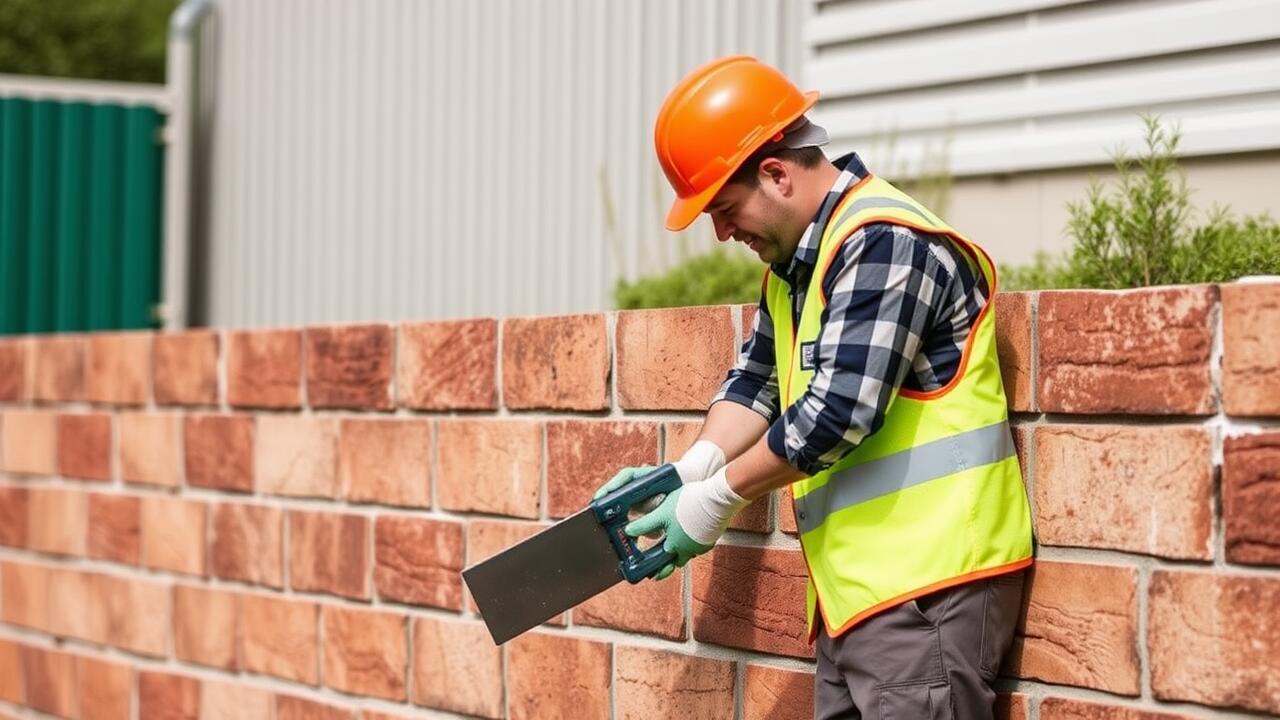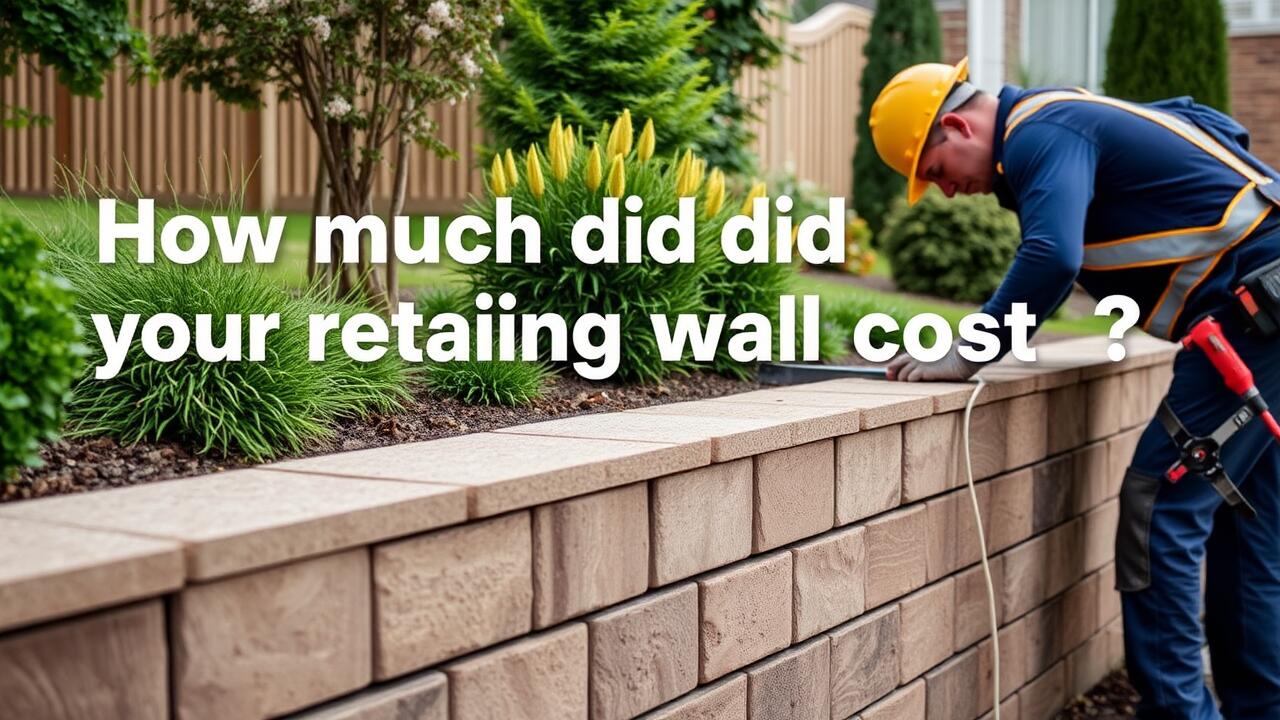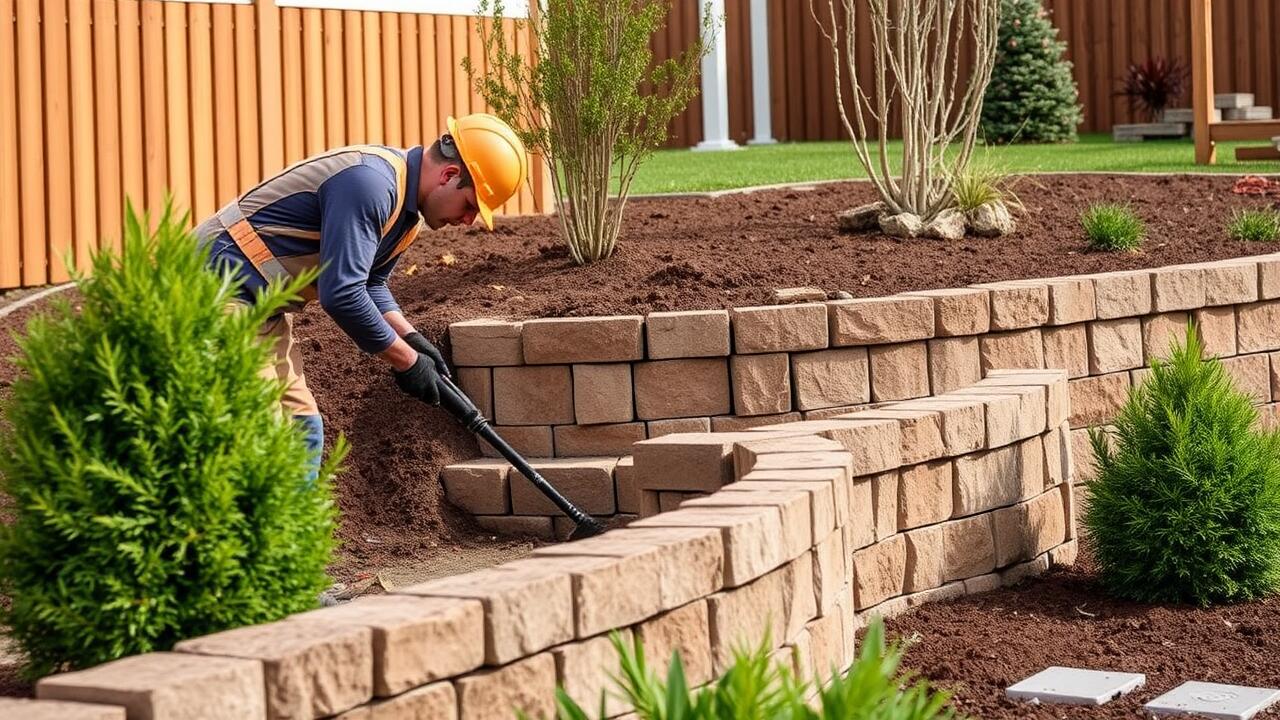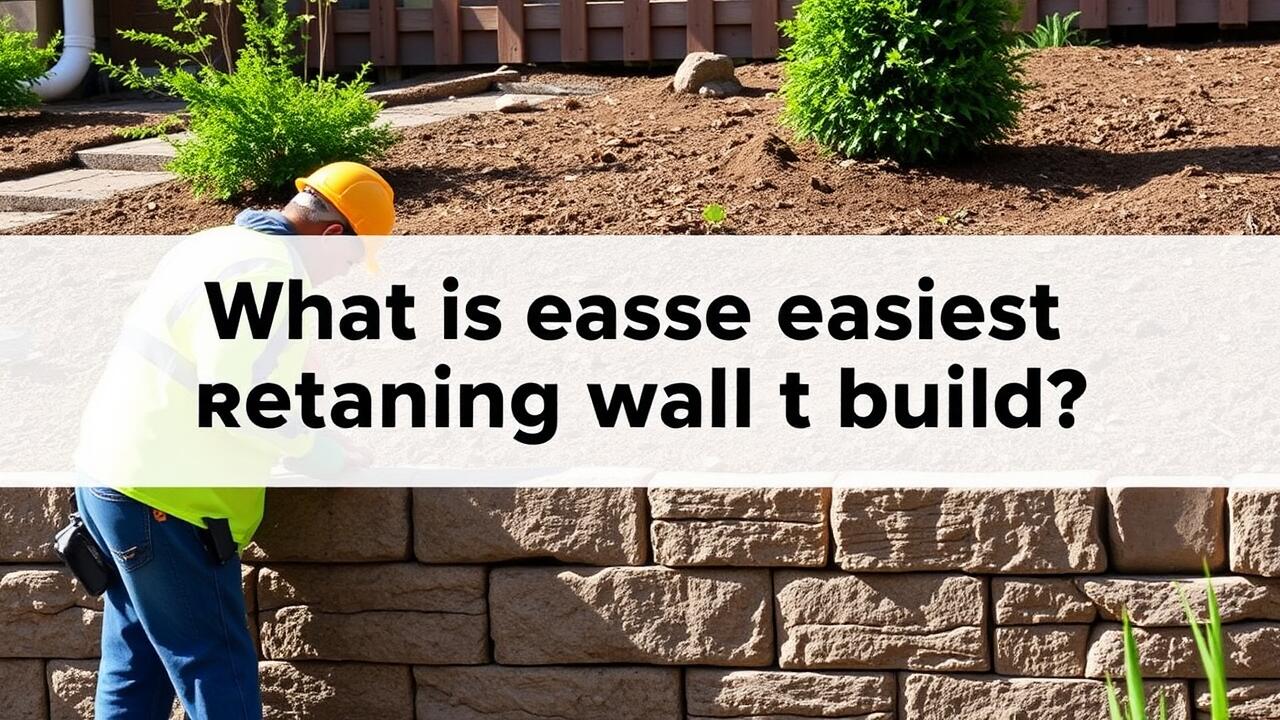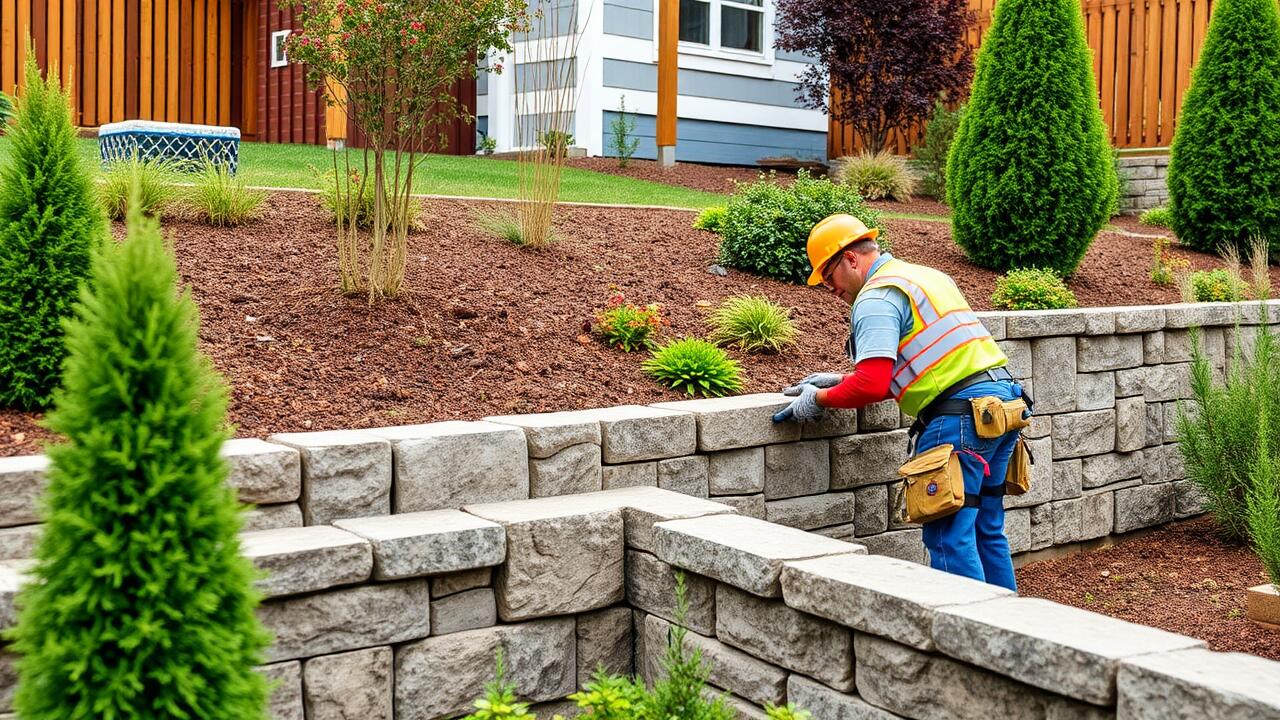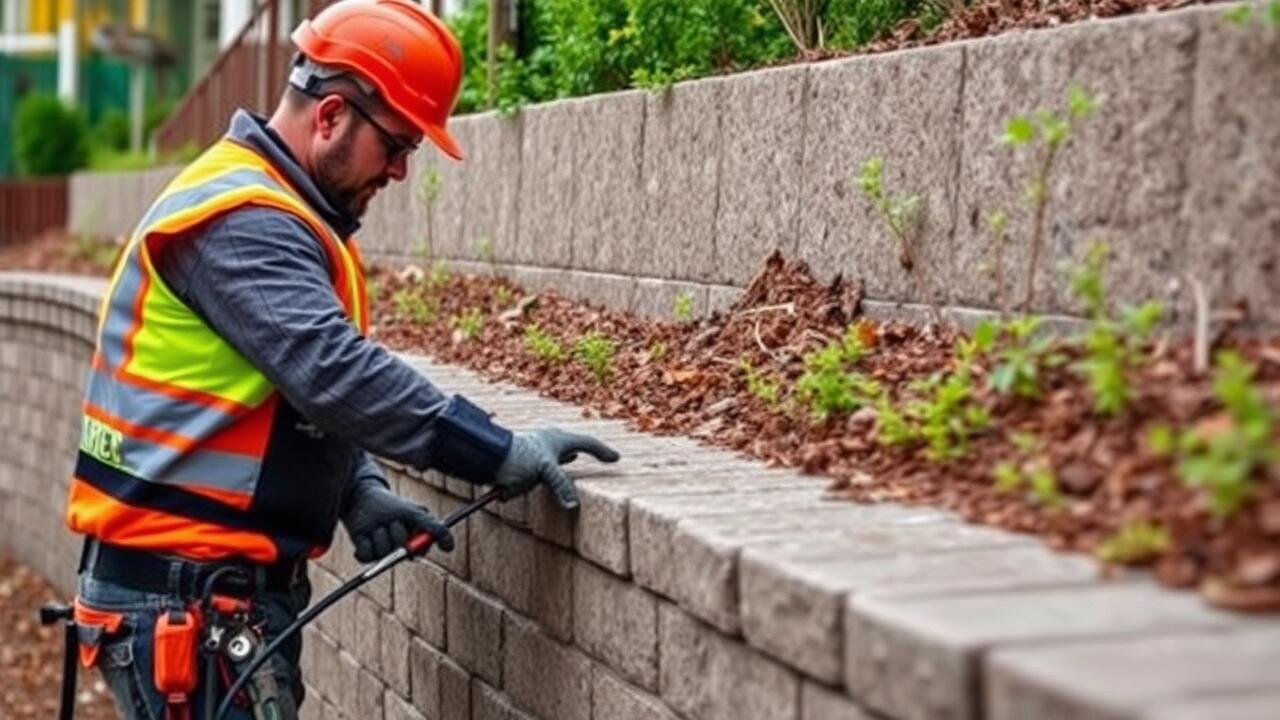
Comparing Labor Costs
Labor costs can significantly affect the overall expense of constructing a retaining wall. Hiring a professional contractor often involves labor rates that vary depending on the complexity of the project and the specific region. In areas like Phoenix, where construction demand can fluctuate, it's essential to obtain multiple quotes to understand the average costs. This allows homeowners to make informed decisions, especially when considering different materials and designs for their retaining walls.
On the other hand, the DIY approach may seem appealing due to the potential for savings on labor costs. However, it requires a considerable investment of time and skill. Homeowners also need to account for their own capabilities, potential mistakes, and the tools required for the job. Retaining Wall Installation in Phoenix can pose challenges like extreme weather conditions, which may impact DIY efforts. Ultimately, weighing these factors is crucial for deciding the most cost-effective way to build a retaining wall.
Professional vs. DIY Installation Expenses
Hiring professionals for retaining wall installation can significantly impact the overall cost. Professional services typically charge an hourly rate or a flat fee based on the wall's size and complexity. In addition to labor costs, homeowners might encounter extra expenses such as permit fees or additional site preparation. When considering options for Retaining Wall Installation in Rio Vista, Phoenix, it's wise to obtain multiple quotes to find a competitive price.
On the other hand, opting for a DIY approach can help save on labor expenses, but it does require careful planning and execution. Homeowners must take into account the availability of tools and materials, which can add to the overall expenses. DIY installation may also lead to potential pitfalls, as lack of experience can result in mistakes that necessitate professional intervention later. Those considering this route should thoroughly research the necessary steps to ensure a successful project.
Lifespan and Maintenance of Inexpensive Walls
The lifespan of inexpensive retaining walls can vary significantly based on the materials used and environmental conditions. For instance, timber walls may last around 10 to 20 years, while concrete blocks can endure for much longer. Regular maintenance is vital to prolonging the life of these structures. Factors such as soil erosion, moisture levels, and plant growth can impact durability. Homeowners should be proactive in inspecting these elements, as neglect can lead to costly repairs or replacement.
Retaining Wall Installation in Camelback East, Phoenix, requires adherence to local environmental conditions. The hot, arid climate can pose unique challenges for less expensive materials. Proper drainage solutions and protective treatments can help mitigate potential damage. Routine checks for cracks, shifts, or other signs of wear are essential in preventing larger issues. By addressing maintenance needs promptly, homeowners can enhance the longevity and effectiveness of their retaining walls while ensuring they meet local standards.
How Material Choice Affects Durability
The material used for a retaining wall significantly impacts its durability and long-term effectiveness. Concrete blocks and poured concrete walls often provide exceptional strength and resistance to weathering, making them suitable options for areas with heavy rainfall or shifting soils. In contrast, materials like treated wood or certain types of stone may offer aesthetic appeal but can be more susceptible to rot or erosion over time. The choice of material shapes not only the wall's appearance but also its ability to handle the pressures exerted by the earth, water, and temperature changes.
For those considering Retaining Wall Installation in Camelback East, Phoenix, it's crucial to think about the local climate and soil conditions. Materials that perform well in drier, sandy environments may not be the best choice for clay-heavy soils that retain moisture. Investing in durable materials at the onset can save homeowners from frequent repairs and replacements down the line. Therefore, a careful evaluation of both aesthetics and functionality is essential when selecting the right material for a long-lasting retaining wall.
Local Regulations and Permits
Building a retaining wall often involves navigating a maze of local regulations and permits. Requirements can vary significantly based on location. Homeowners considering Retaining Wall Installation in Phoenix must first check with their local zoning office. Some areas may have specific codes regarding wall height, materials, and even aesthetics, which can impact both the permit process and overall project cost.
Failing to secure the necessary permits can lead to fines or requiring the removal of the wall altogether, which adds to the overall expense. It's crucial to understand that certain neighborhoods or homeowner associations may have additional restrictions. Engaging with local authorities early in the planning process can help streamline approvals and prevent potential roadblocks later on.
Guidelines for Building a Retaining Wall
Building a retaining wall requires careful planning to ensure safety and functionality. Before starting construction, it is vital to check local regulations and obtain any necessary permits. Depending on the height and purpose of the wall, specific guidelines may dictate its design, materials, and techniques. Understanding these requirements can prevent legal issues down the line.
When considering Retaining Wall Installation in Phoenix, evaluating the local soil conditions and drainage patterns is crucial. Proper drainage will help avoid pressure buildup behind the wall, which can lead to failure. Additionally, selecting the right material can enhance the wall's longevity and performance. It is beneficial to consult with professionals familiar with the unique challenges posed by the climate and topography of the area.
FAQS
What are the cheapest materials for building a retaining wall?
Some of the cheapest materials for building a retaining wall include timber, concrete blocks, and treated railroad ties. Each of these options can vary in cost based on local availability and quality.
Can I build a retaining wall myself to save money?
Yes, building a retaining wall yourself can save you money on labor costs. However, it's important to have the necessary skills and tools, as improper installation can lead to structural issues.
How do local regulations affect the cost of building a retaining wall?
Local regulations may require permits, specific materials, or construction methods, which can increase the overall cost. It's essential to check with local authorities before starting your project.
What is the average lifespan of a cheap retaining wall?
The average lifespan of a cheap retaining wall can vary significantly based on materials used and maintenance, but many inexpensive options can last anywhere from 5 to 20 years.
How can I maintain an inexpensive retaining wall to extend its lifespan?
Regular maintenance such as inspecting for cracks, ensuring proper drainage, and performing repairs as needed can help extend the lifespan of an inexpensive retaining wall.
